Records the daily life
between humans and objects
in three dimensions
Object verb
[ EN / KR ]
The artwork <Object Verb> captures the interactions between humans and objects that take place within the four-dimensional spacetime, recording them in three dimensions.
The intention behind this work is for the viewer, by observing the object visually displaying the actions it has undergone, to recognize that the object is not just a lifeless, stationary thing, but rather something that interacts with them and coexists in the same space.
Human beings have developed countless combination systems by creating and recombining various methodologies, such as language, mathematics, and machines. Among them, language stands as one of the most profound systems that humanity has developed over thousands of years. Typically, essays are a form of expressing one's world using this combinatory system called language.
The artwork <Object Verb> captures the interactions between humans and objects that take place within the four-dimensional spacetime, recording them in three dimensions.
The intention behind this work is for the viewer, by observing the object visually displaying the actions it has undergone, to recognize that the object is not just a lifeless, stationary thing, but rather something that interacts with them and coexists in the same space.
Human beings have developed countless combination systems by creating and recombining various methodologies, such as language, mathematics, and machines. Among them, language stands as one of the most profound systems that humanity has developed over thousands of years. Typically, essays are a form of expressing one's world using this combinatory system called language.
This work records the interaction between humans and objects in three dimensions. I crafted common objects we use daily out of clay, and these clay objects were used just like real ones. As the objects were used, they were deformed in accordance with the actions imposed on them by the user. Once the clay hardened, it was painted to resemble real objects. When the audience confronts these clay objects, they remember the actions they took toward the object and realize that they interacted with it.
We often perceive ourselves as mere "users" of objects, but the relationship between humans and objects is far more complex. While humans invent and create objects, our habits, tastes, movements, and even lifestyles are shaped by those very objects. This reveals just how much influence objects exert on us. In truth, humans and objects share a reciprocal relationship. Through this work, I hope the audience moves beyond the position of a mere user and experiences the mutual, interactive relationship between humans and objects.
We often perceive ourselves as mere "users" of objects, but the relationship between humans and objects is far more complex. While humans invent and create objects, our habits, tastes, movements, and even lifestyles are shaped by those very objects. This reveals just how much influence objects exert on us. In truth, humans and objects share a reciprocal relationship. Through this work, I hope the audience moves beyond the position of a mere user and experiences the mutual, interactive relationship between humans and objects.
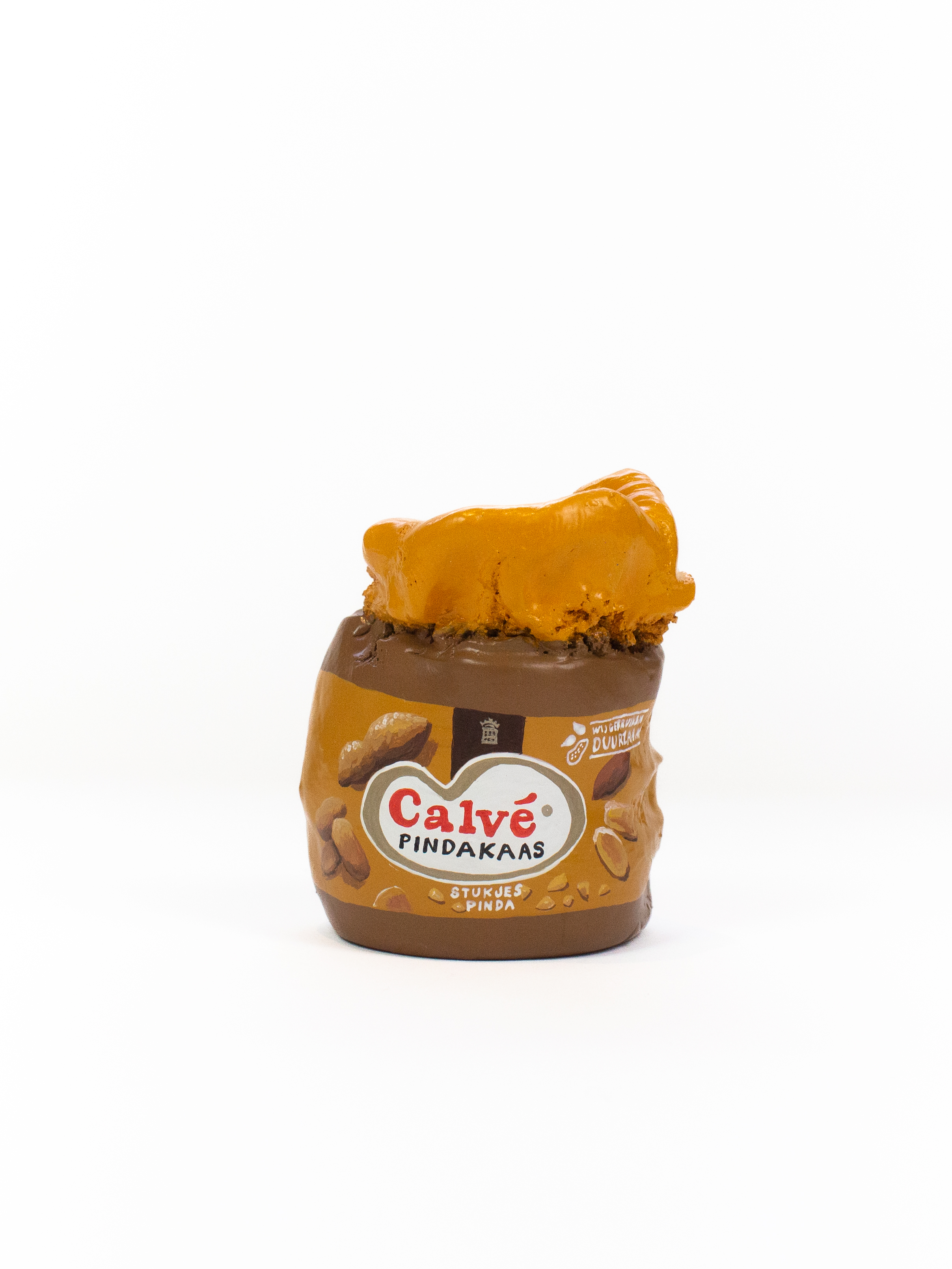
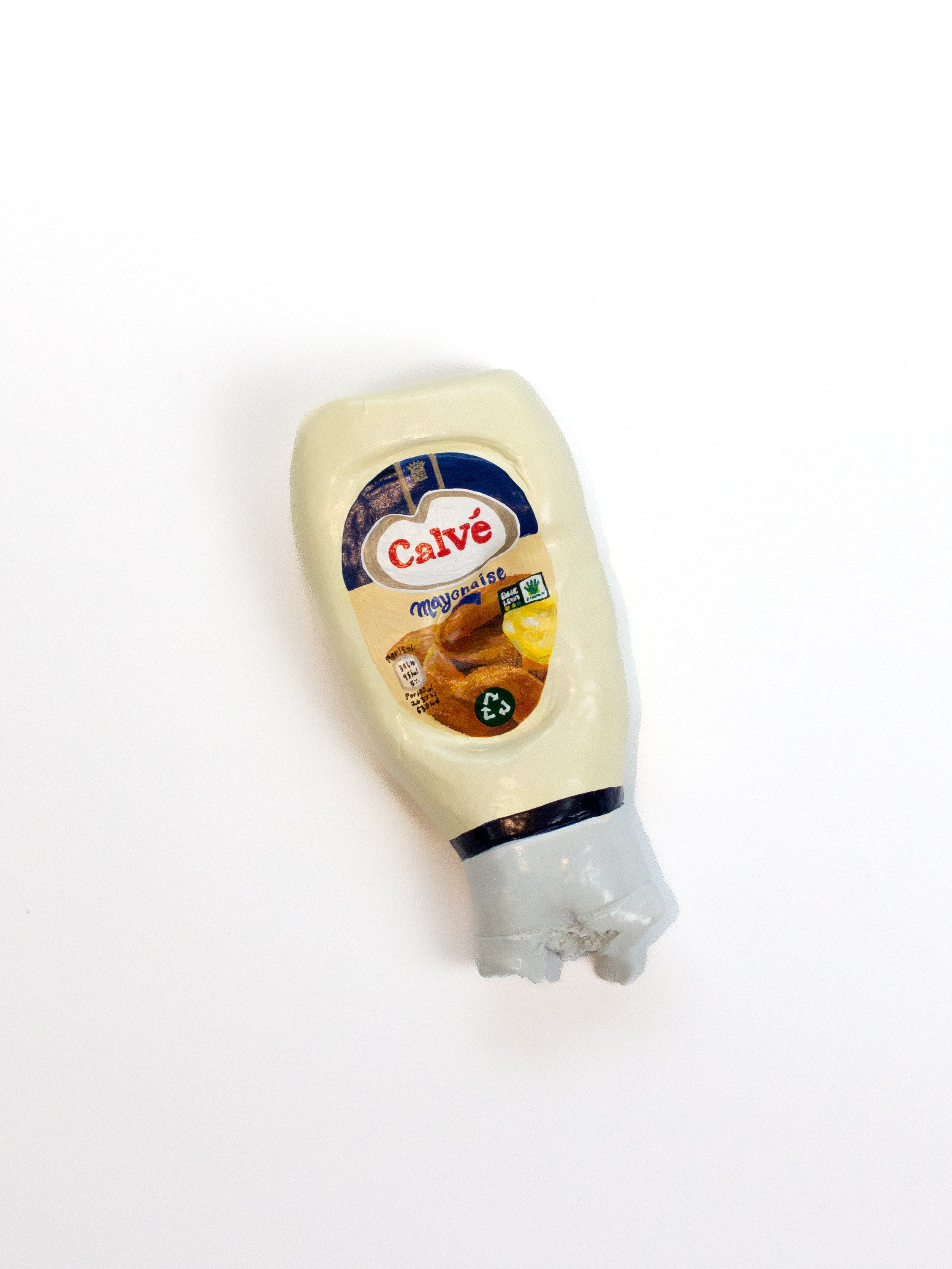
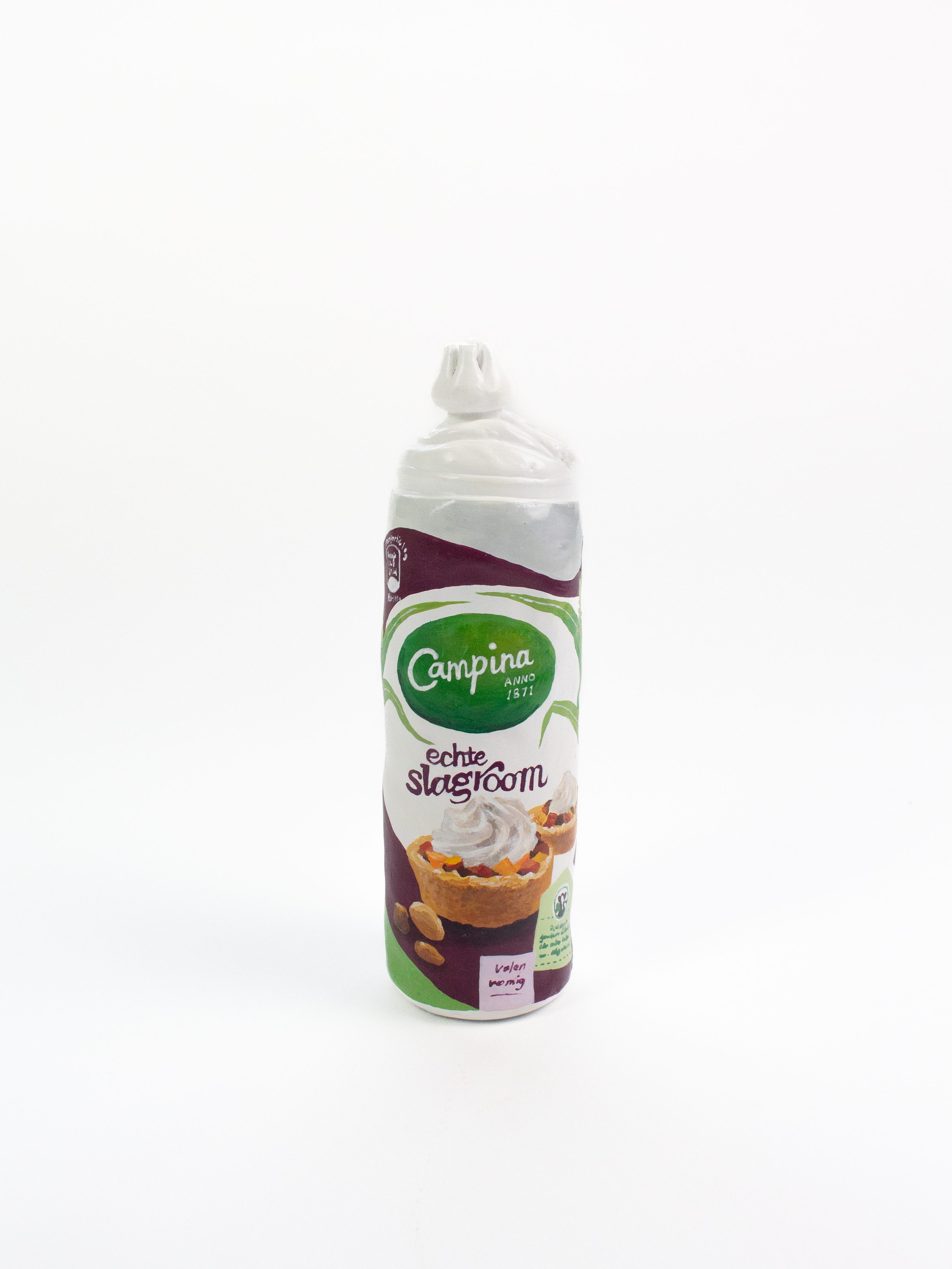
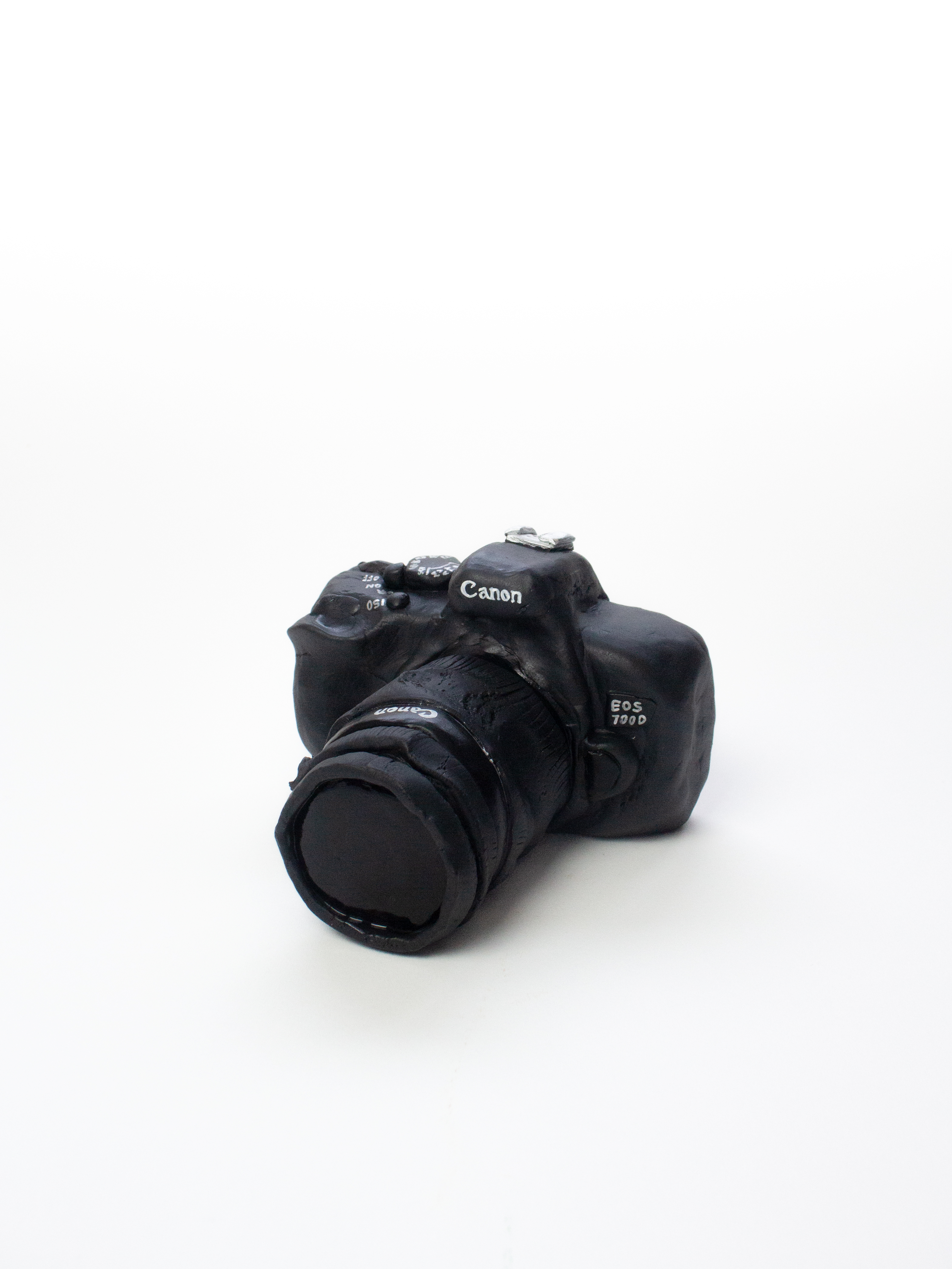
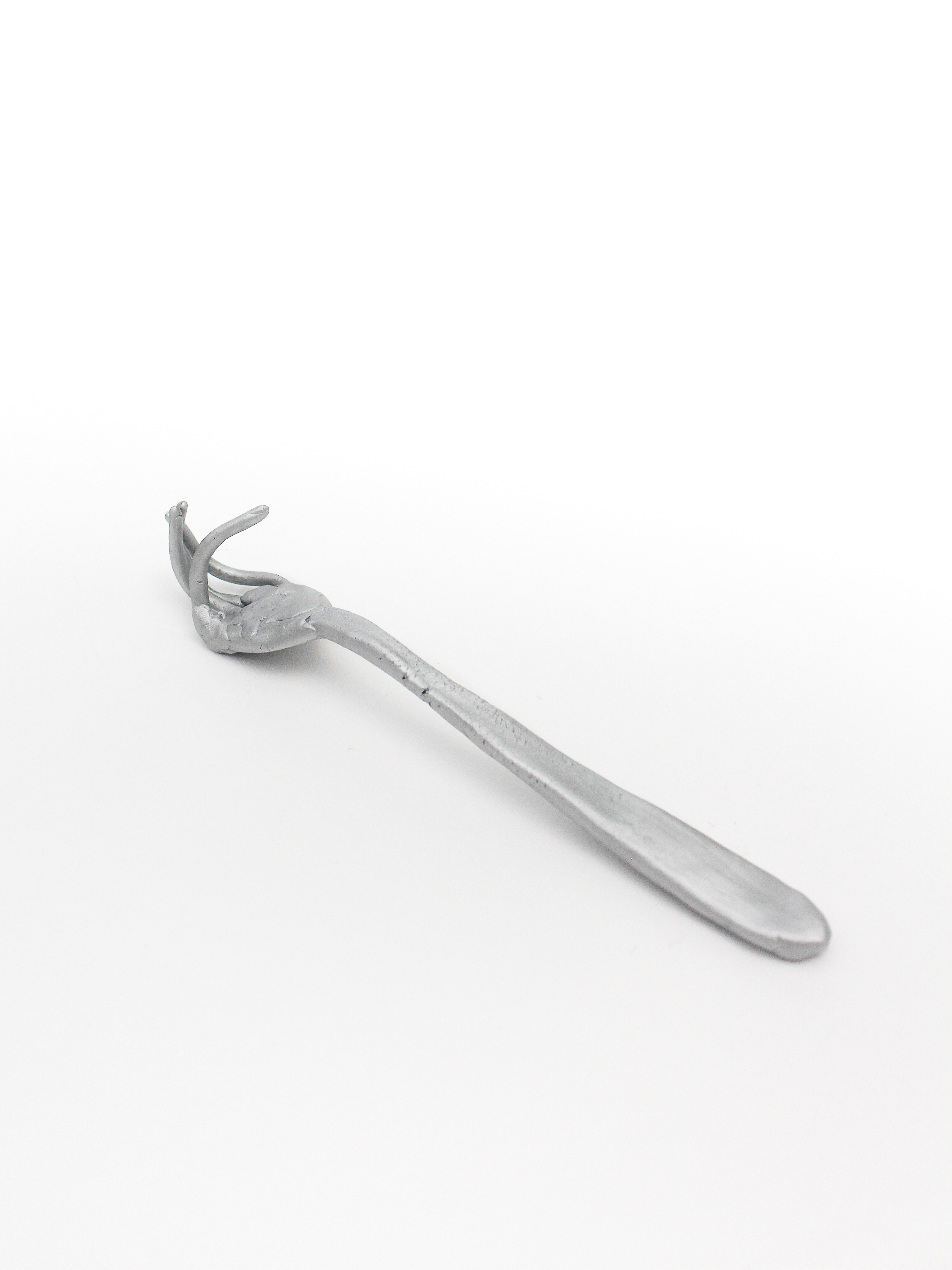


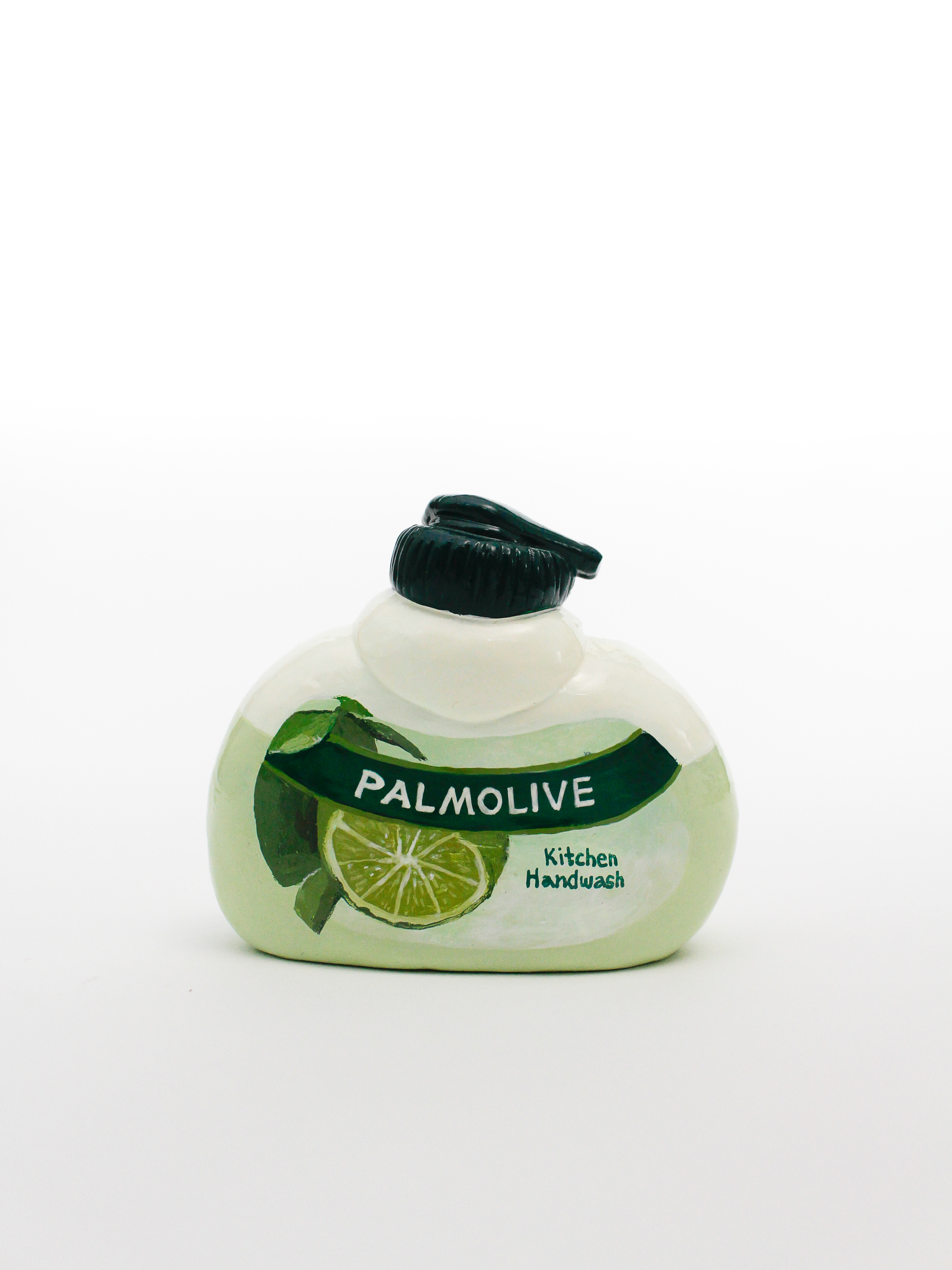
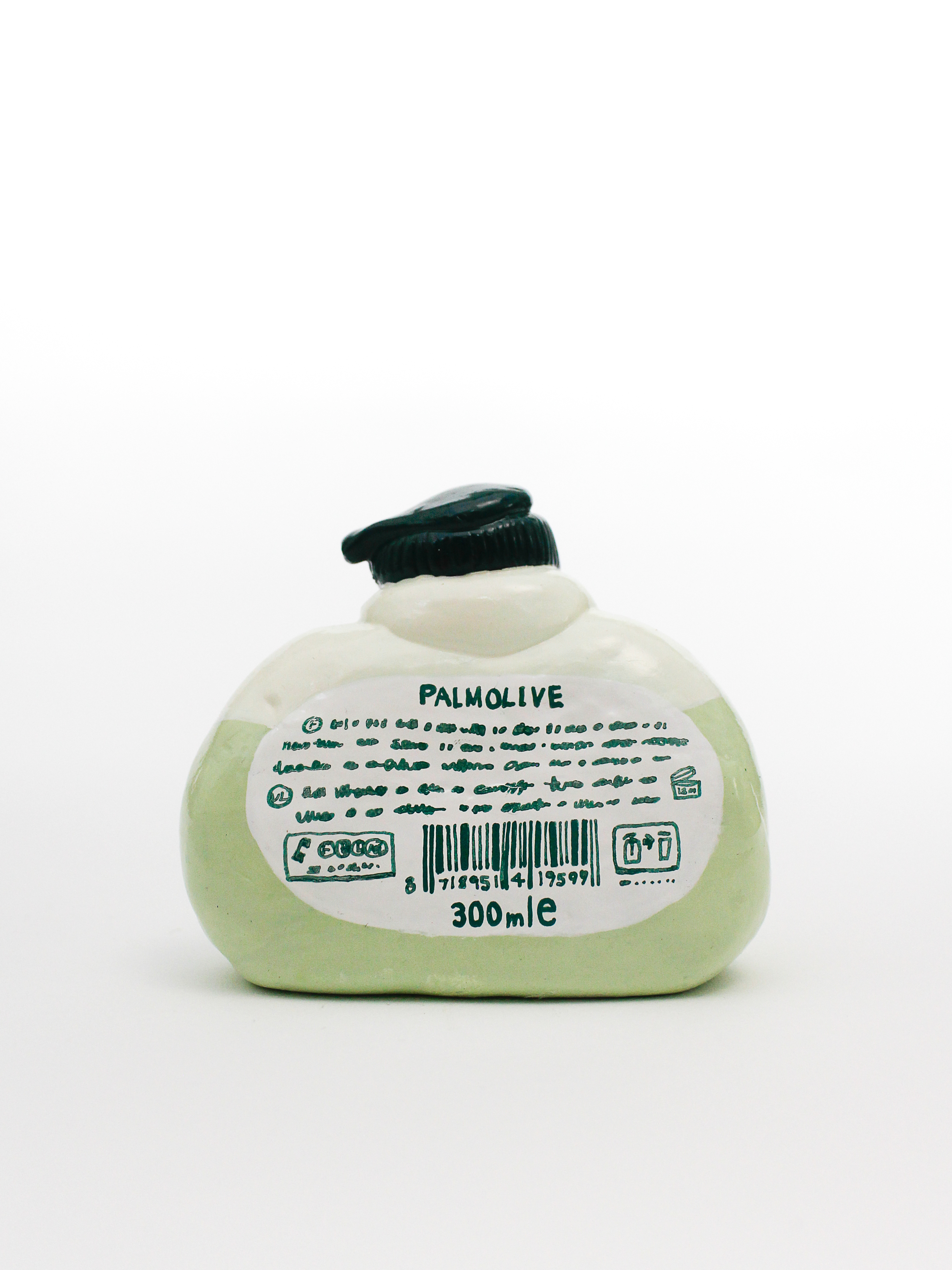

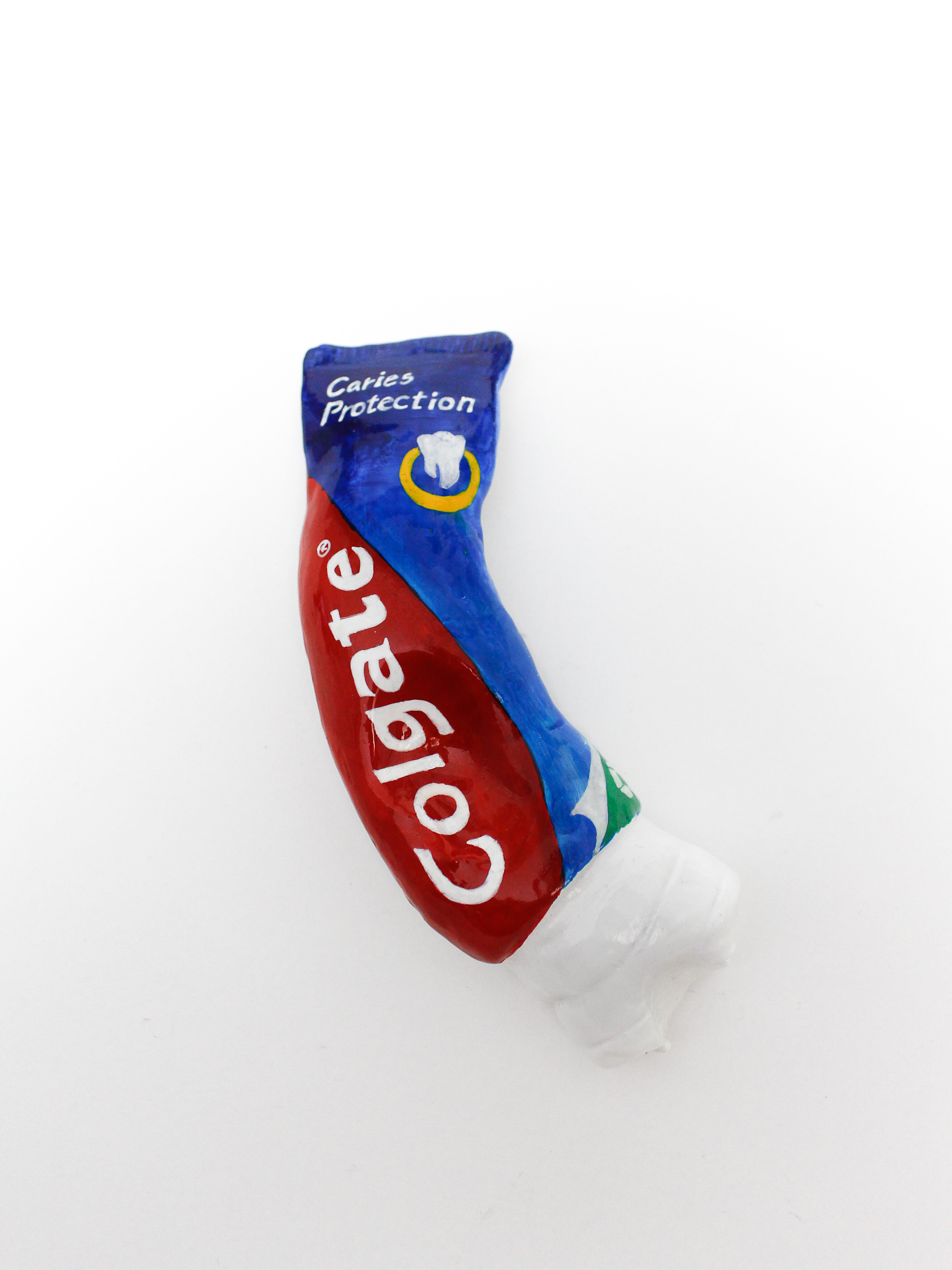
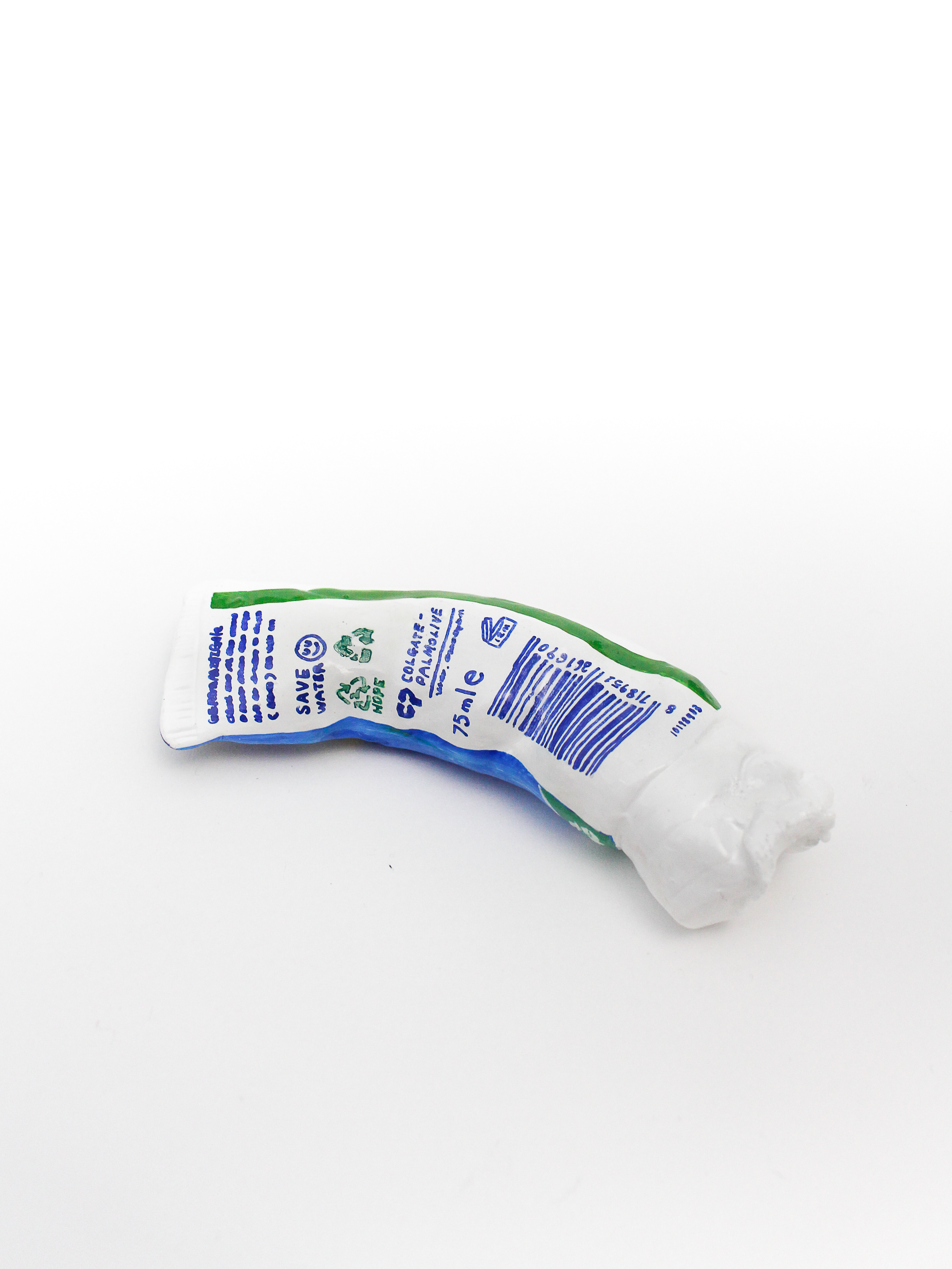

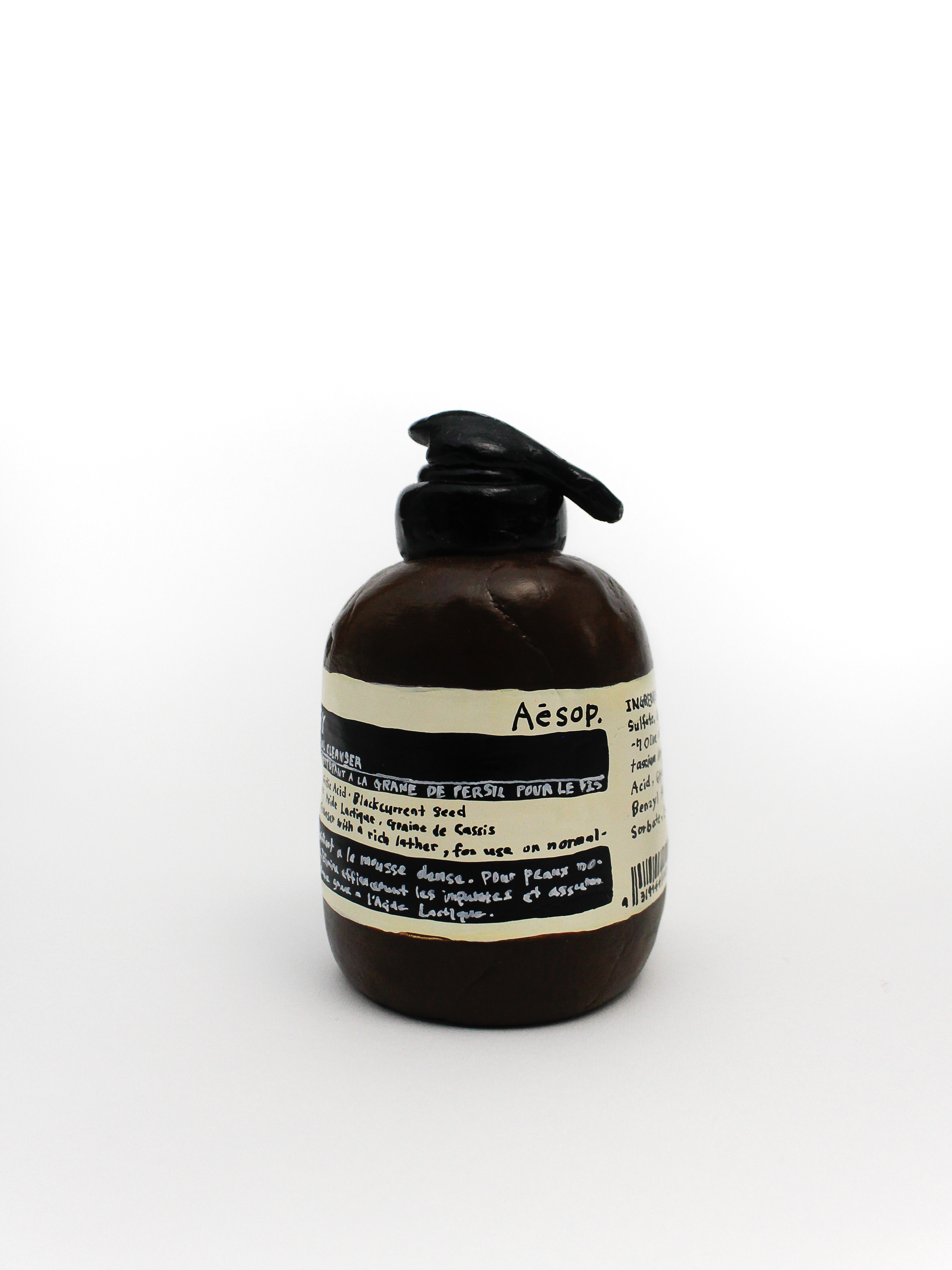
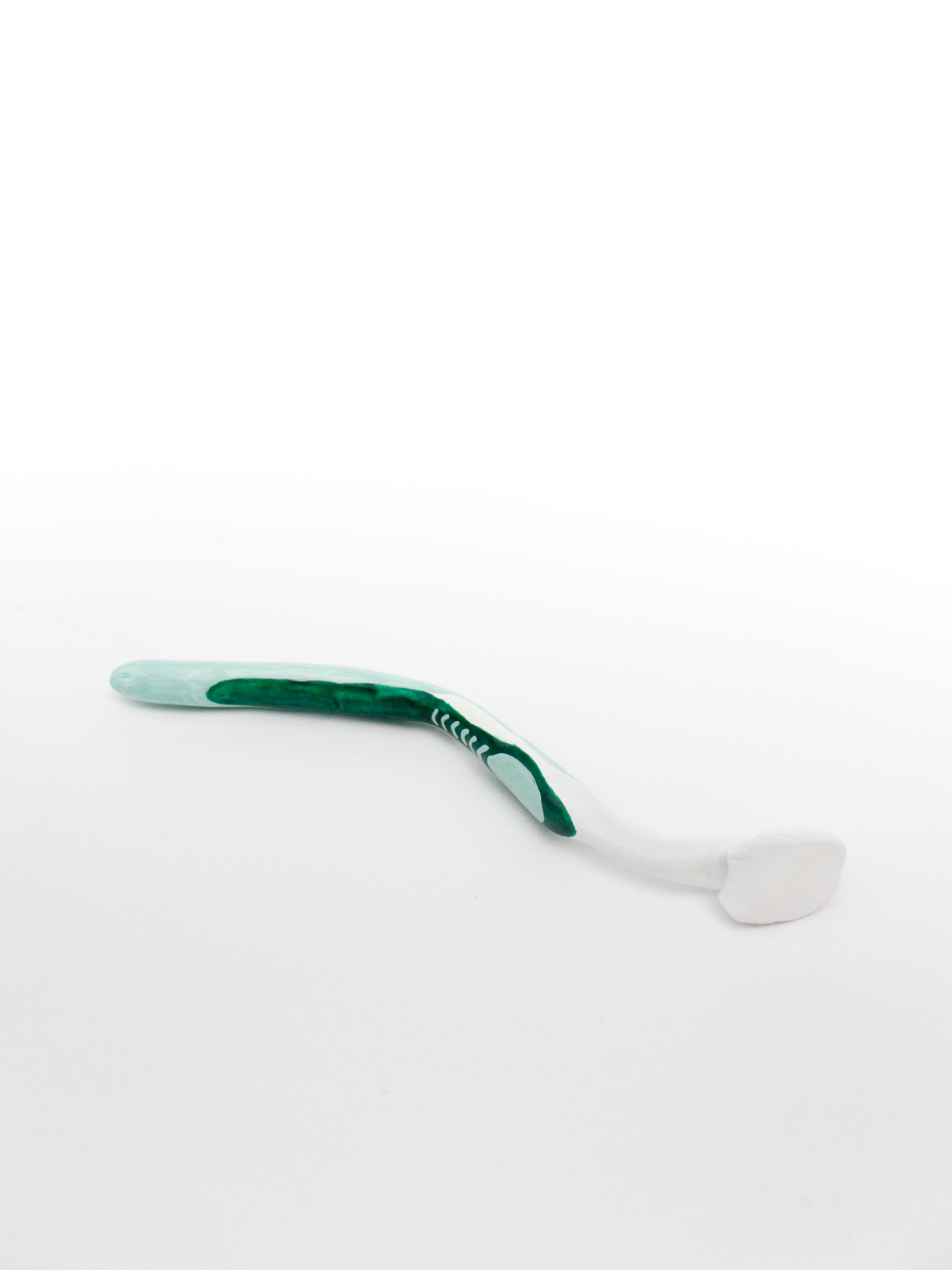
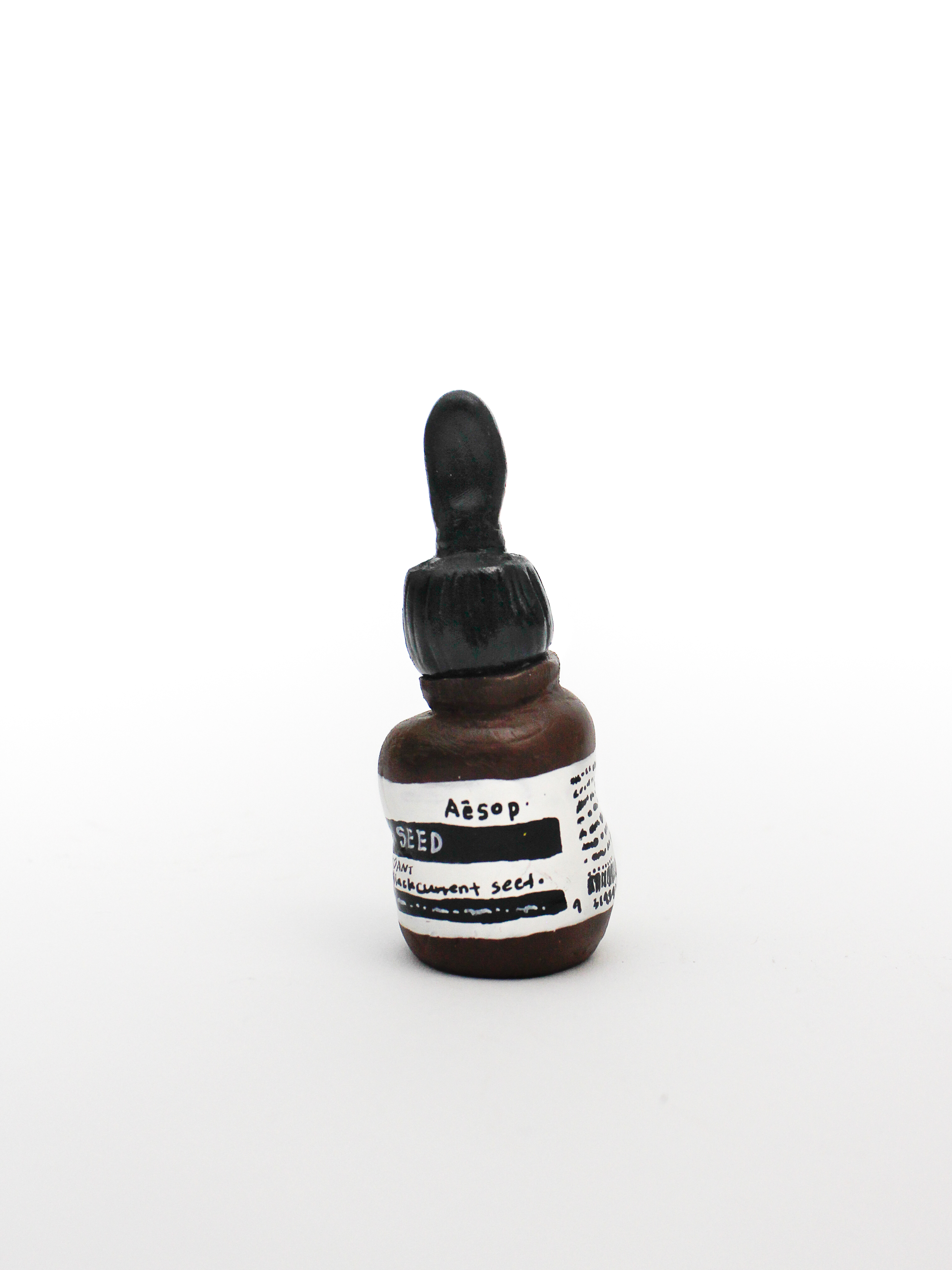
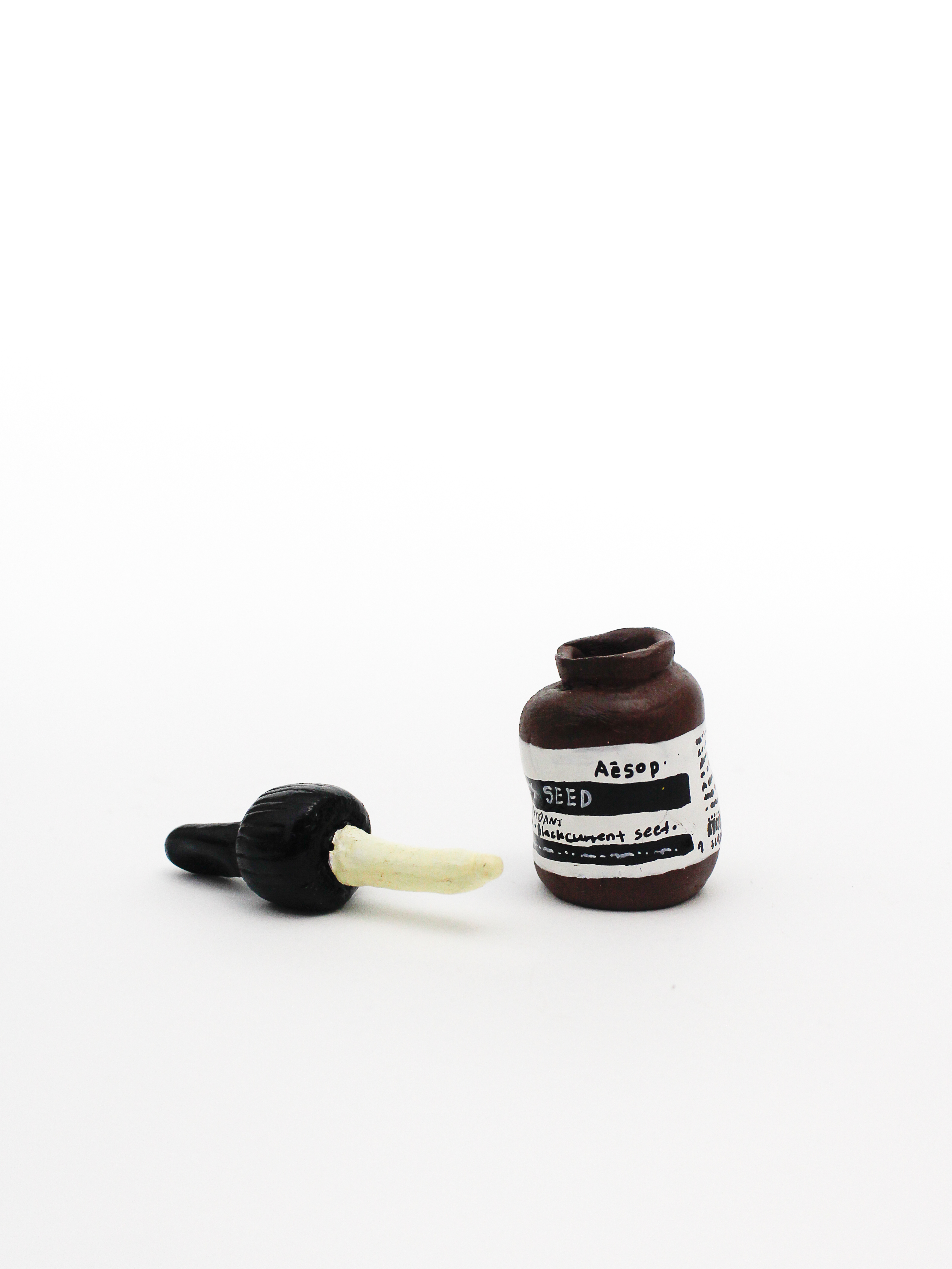
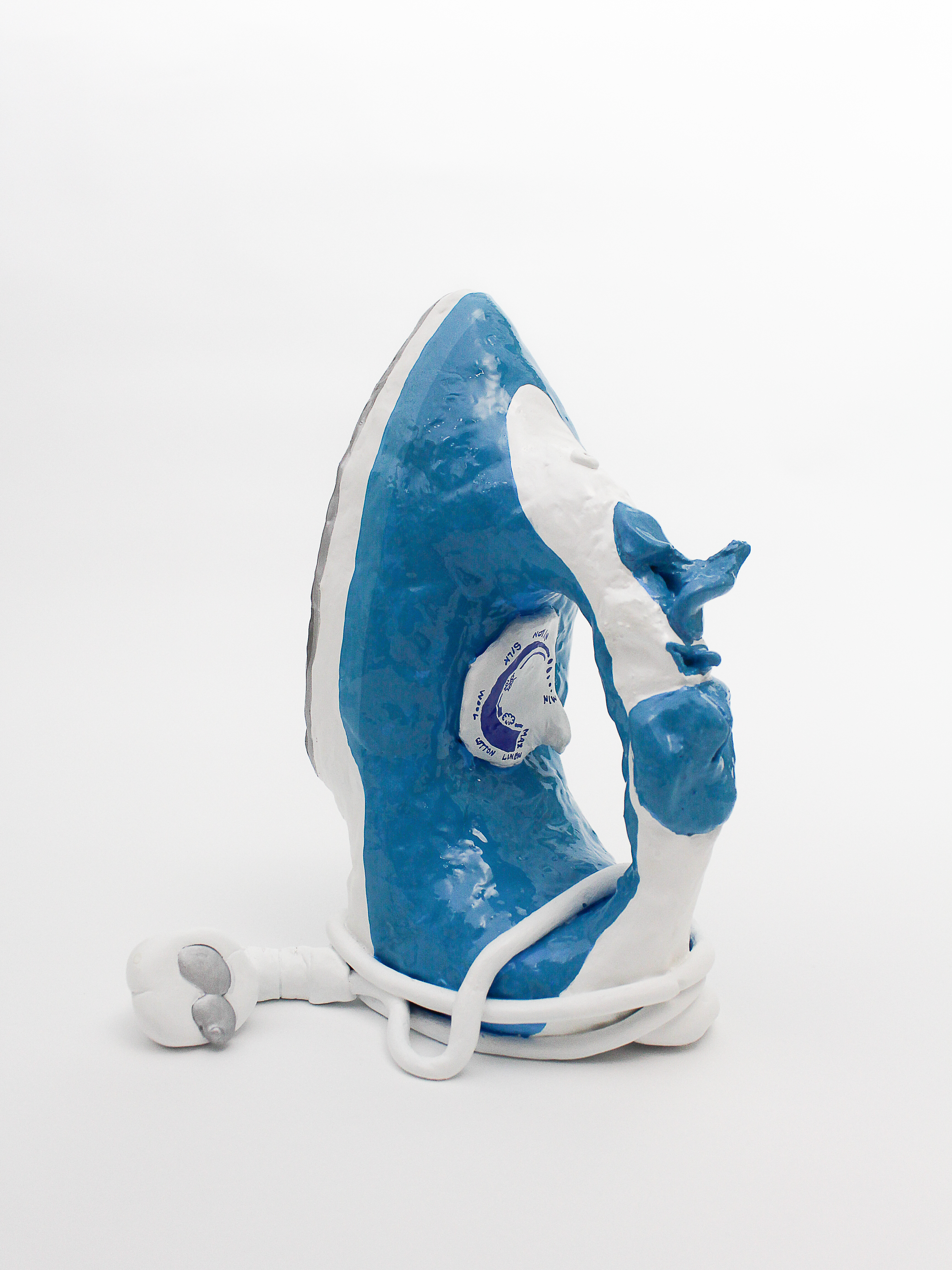
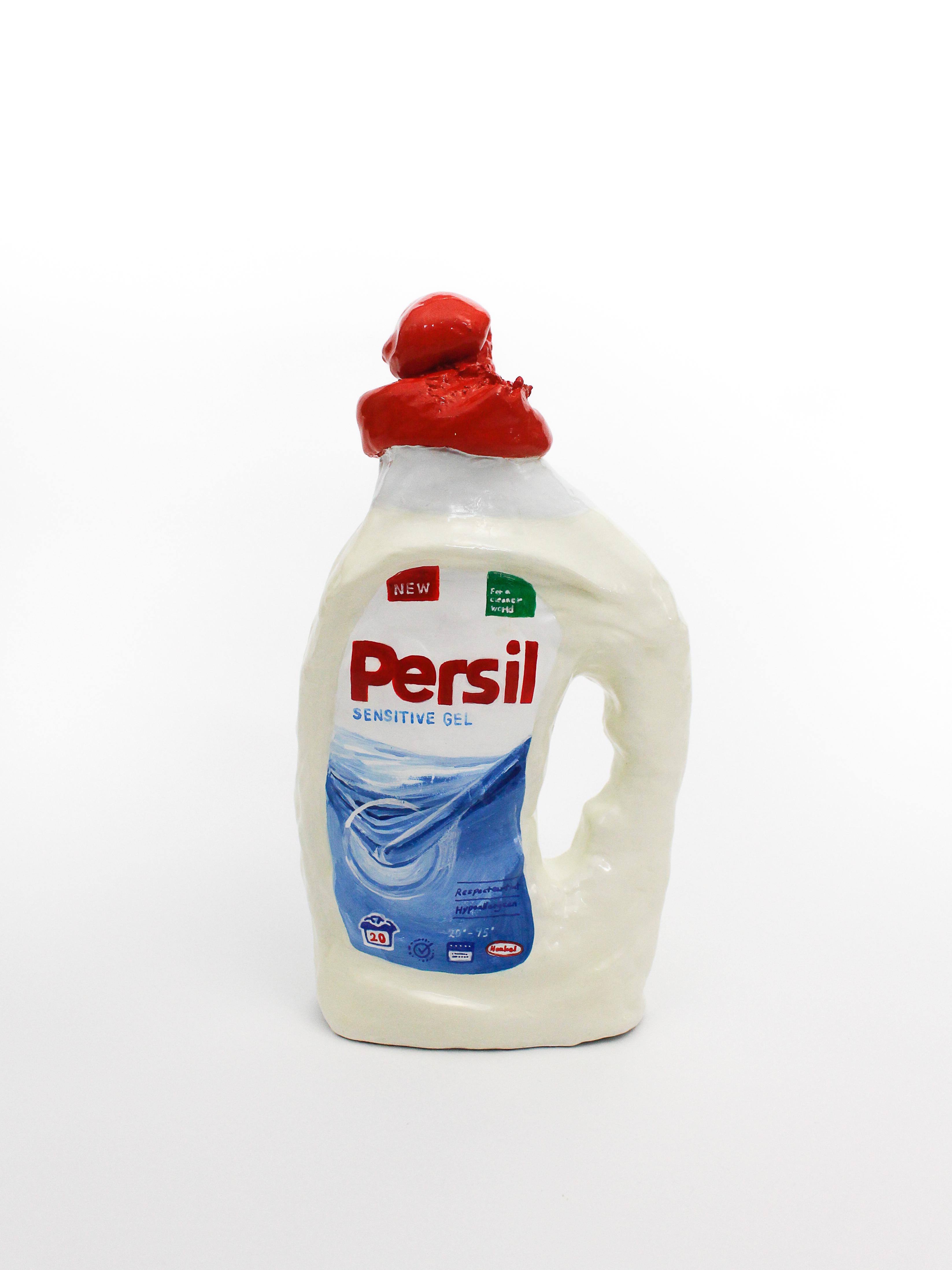
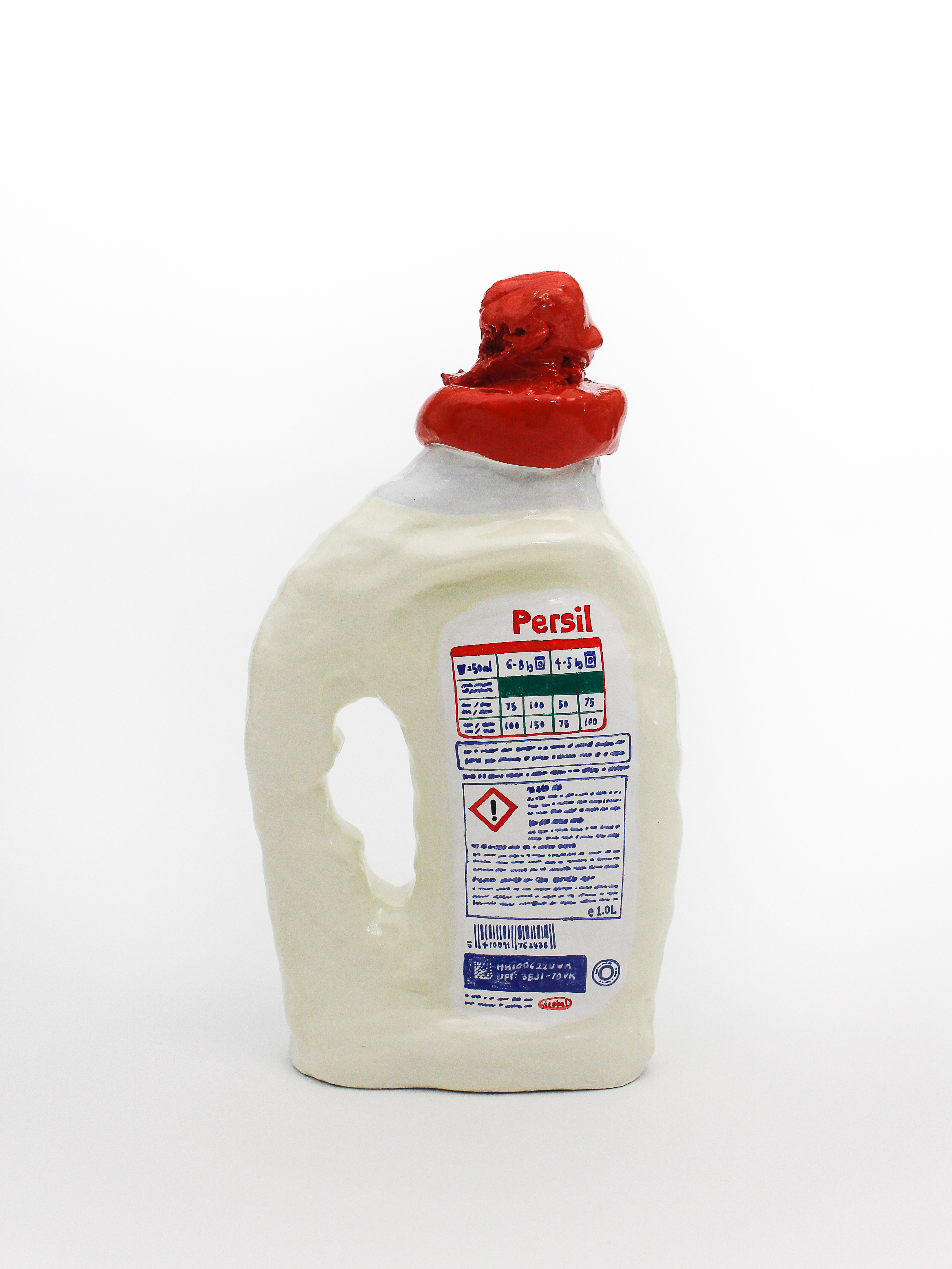

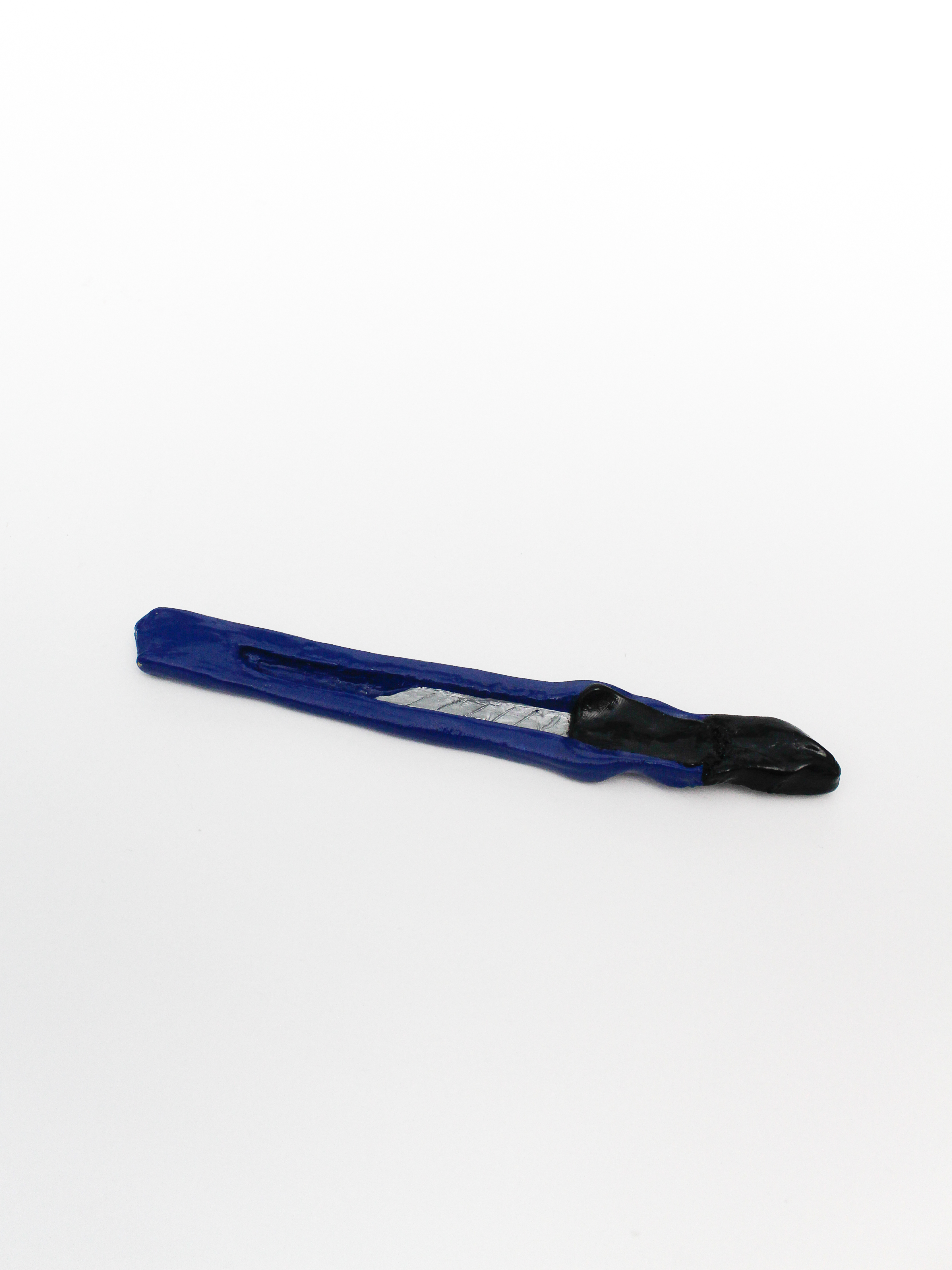
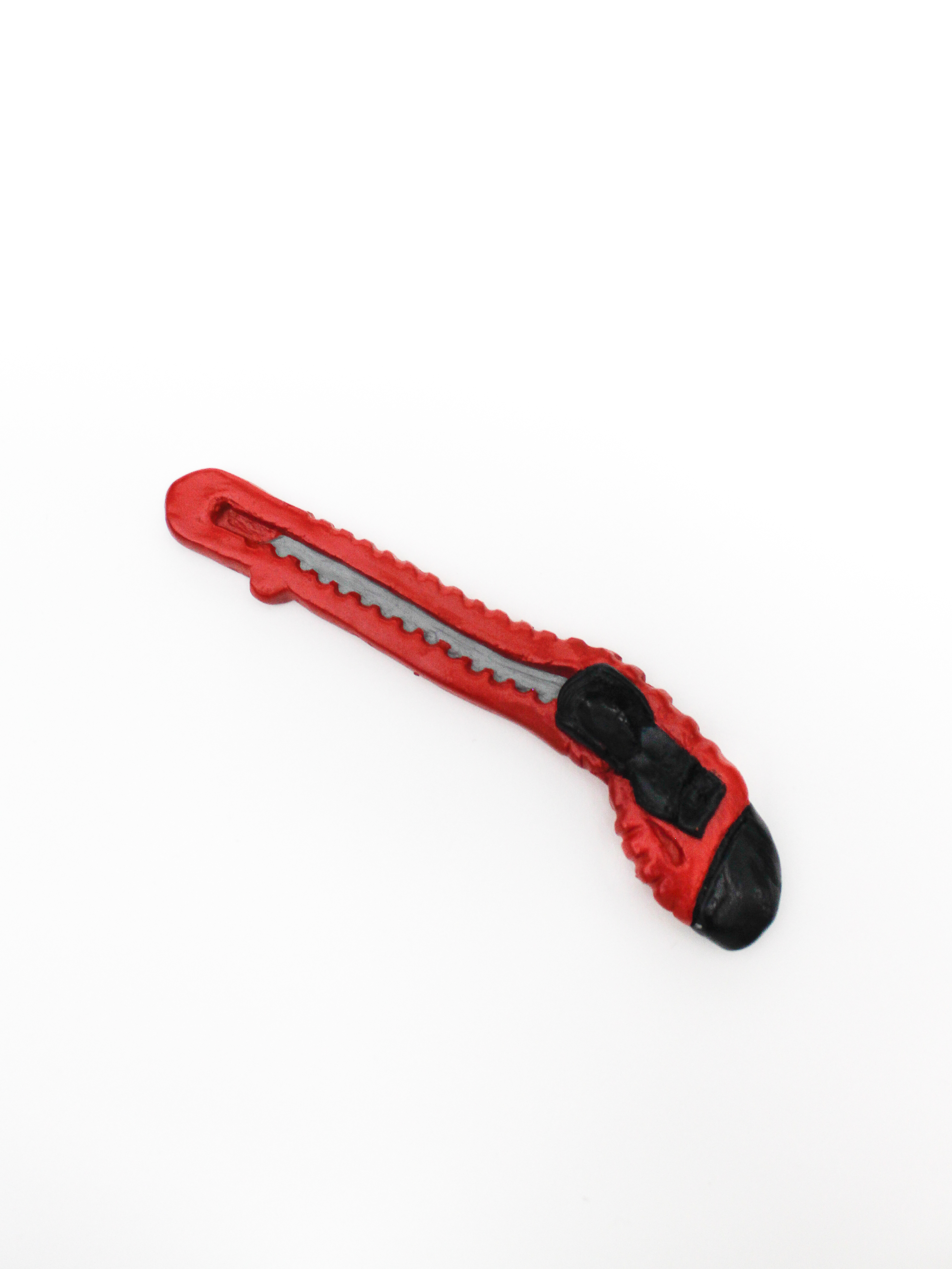


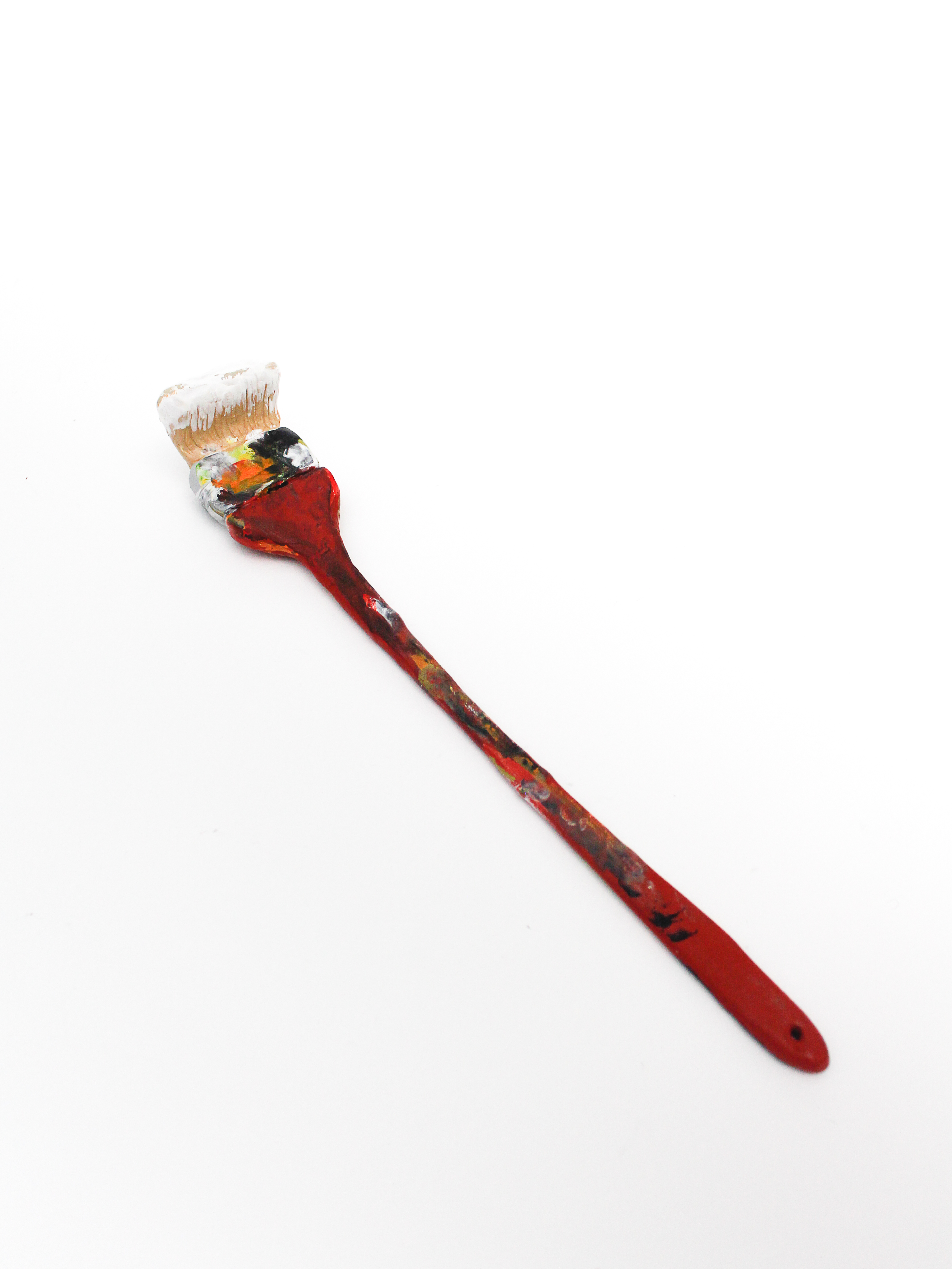
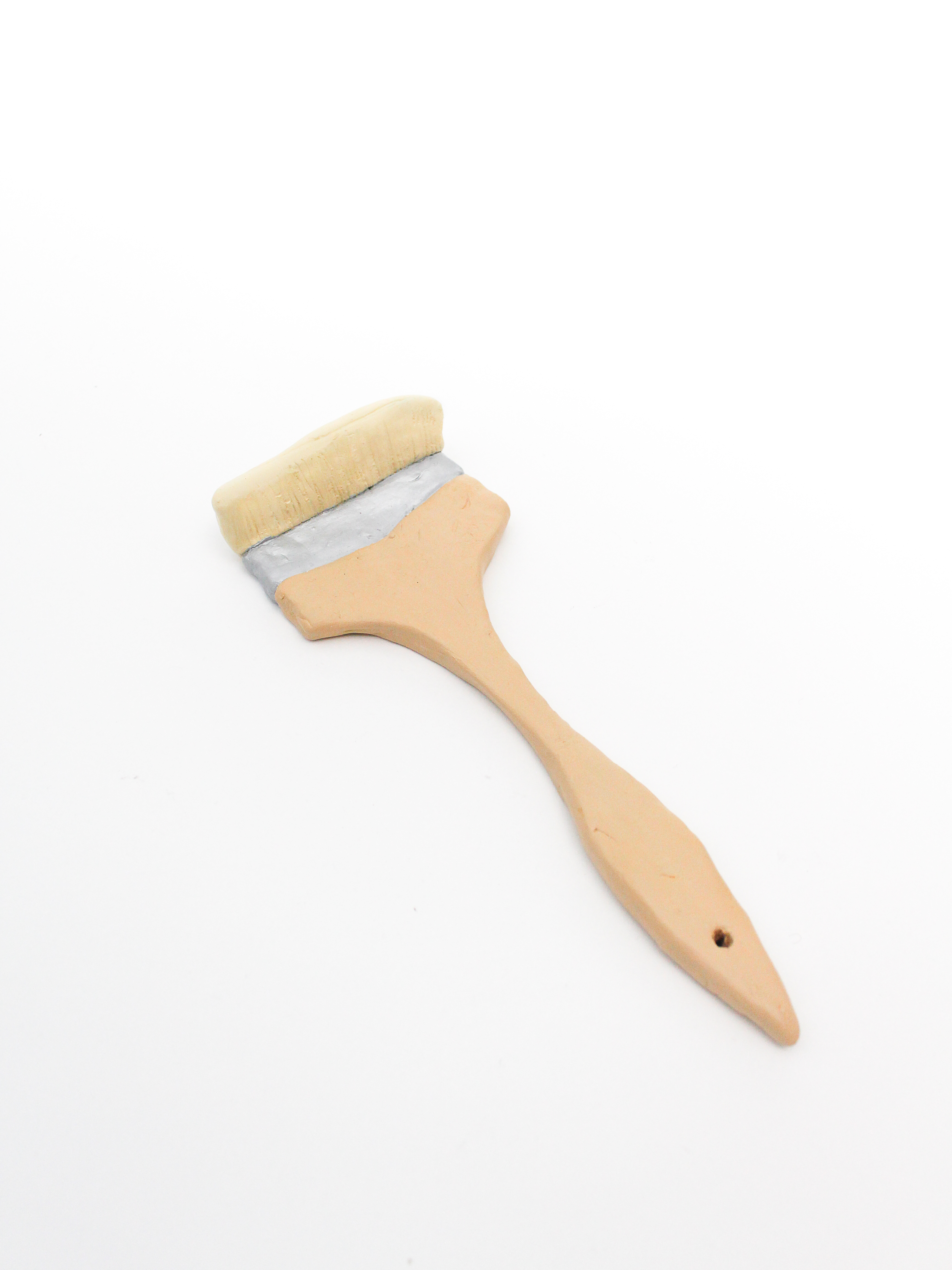
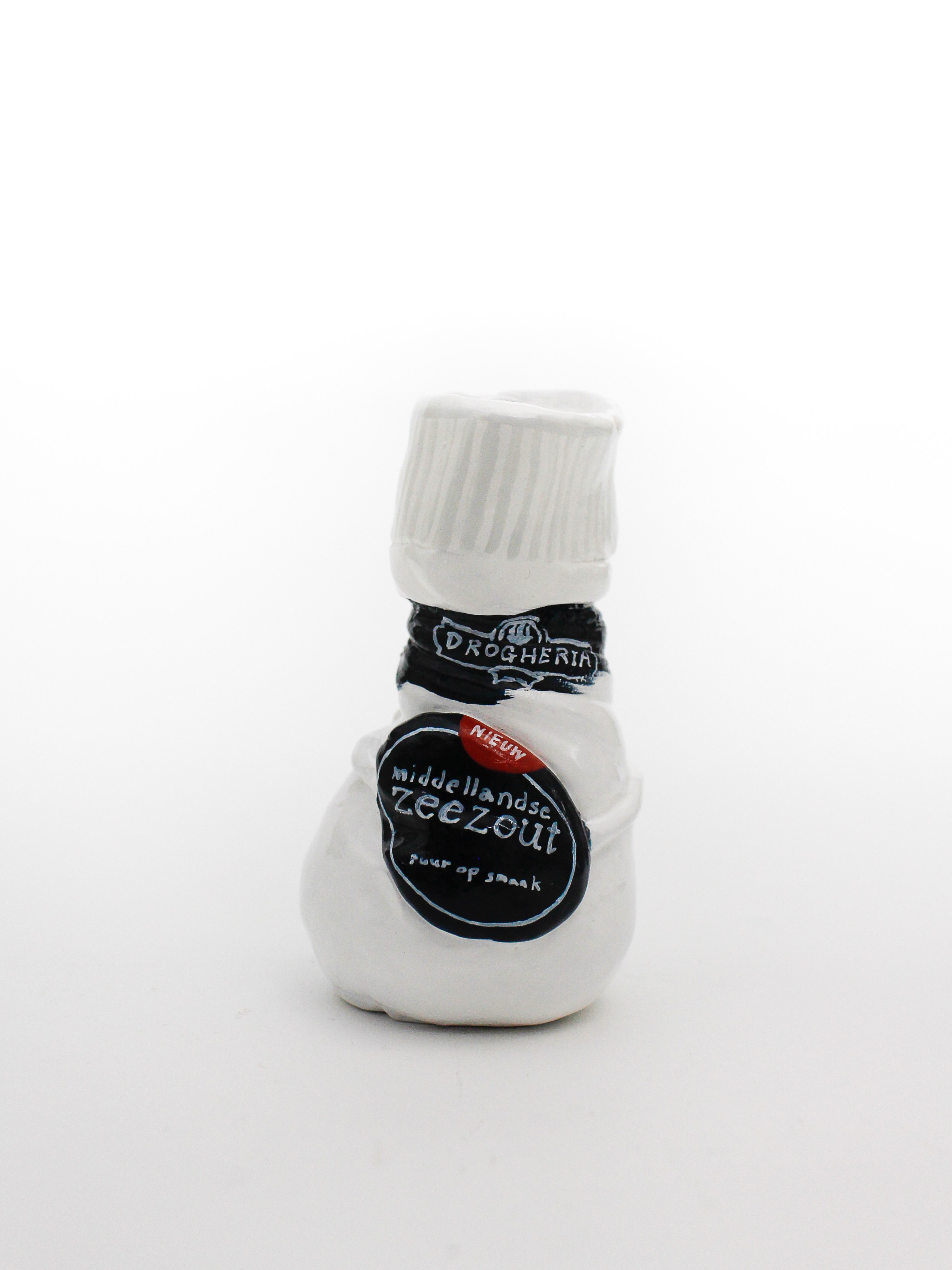
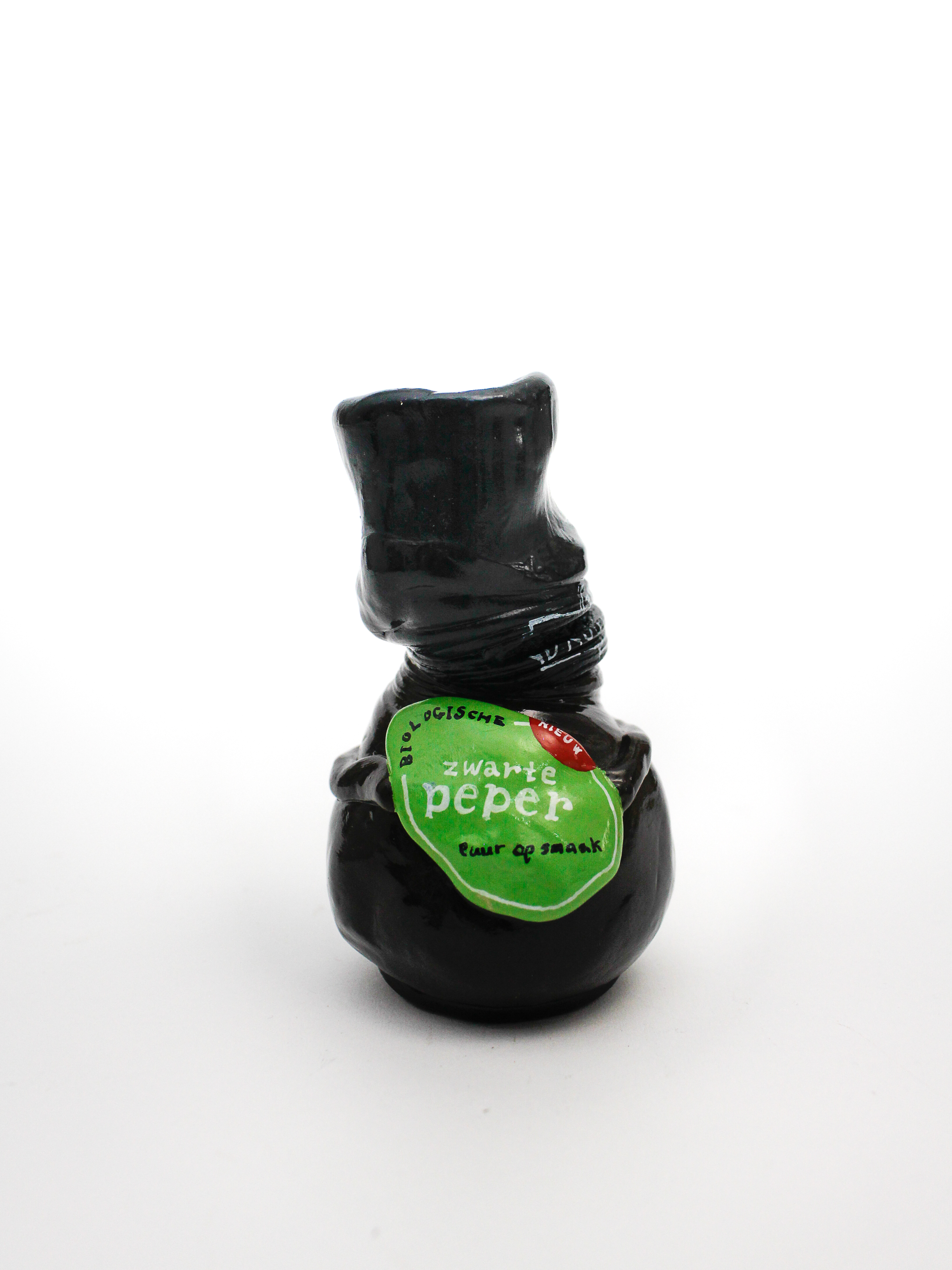





Human beings have developed various combination systems and have recombined them to produce innumerable creations such as mathematics, engineering, and language. Over thousands of years, language that forms the essay has been the greatest system that humans have combined. This combination composes the essay as a method to express one’s world. However, in the exhibition which aims to derive alternative essays as a methodology, Park takes an ‘object’ as a material to draw a new type of essay and departs from the standard of the written format of it.
Like language, humans have applied knowledge to make basic combination systems for objects, in which we call it as design in other words. A cap of a bottle, a handle for a cup, and wheels in a suitcase are the examples of a perfectly calculated formula for their combination systems. However, despite both language and objects using the same ‘combination’ methodology, their forms and impressions are completely different.
As a starting point, the designer carried out research on differences between a text and an object, in which she finds it as ‘the record of a movement alive in a time frame’. Although both language and objects are created within the passage of time, unlike language, the objects look standstill in a time frame. A sentence on the other hand clearly depicts both the movement of a subject and the mobility of time by itself through ‘verbs’ and ‘tenses’. The objects have their movements through humans and can neither involve any movements nor record time on its own. This is the reason why objects seem stationary away from time.
Like language, humans have applied knowledge to make basic combination systems for objects, in which we call it as design in other words. A cap of a bottle, a handle for a cup, and wheels in a suitcase are the examples of a perfectly calculated formula for their combination systems. However, despite both language and objects using the same ‘combination’ methodology, their forms and impressions are completely different.
As a starting point, the designer carried out research on differences between a text and an object, in which she finds it as ‘the record of a movement alive in a time frame’. Although both language and objects are created within the passage of time, unlike language, the objects look standstill in a time frame. A sentence on the other hand clearly depicts both the movement of a subject and the mobility of time by itself through ‘verbs’ and ‘tenses’. The objects have their movements through humans and can neither involve any movements nor record time on its own. This is the reason why objects seem stationary away from time.
It perhaps is a matter of course that humans feel a sense of closeness with characters that have temporality, like different impressions we have in between stationary objects and alive animals or growing and withering plants that might seem stationary. Chanbyul wants to make the objects to be seen lively in a time frame by itself. To do so, Park grants incidents to her objects and captures their kinetic actions that are created while interacting with humans. When incidents are created in a time frame, the objects with incidents also obtain temporality.
In the work <Object Verb>, the objects remember each of the incidents that happened to their body. Park recombines the objects with clay that gets deformed by external forces. Using this nature, she records lively movements that the objects experience in daily life. By visually revealing these moments, Chanbyul transforms each object into a character of a novel and narrates with her objects by granting them incidents and characteristics.
“We are moving but also confined in a spot of existing time.” – Time by Alexander Demandt
The work <Object Verb> records and visually holds the spot of time for its evidence. The current movement that will become a past is captured in the real object and is being led to the future. This signals that the objects are present with human beings in time.
In the work <Object Verb>, the objects remember each of the incidents that happened to their body. Park recombines the objects with clay that gets deformed by external forces. Using this nature, she records lively movements that the objects experience in daily life. By visually revealing these moments, Chanbyul transforms each object into a character of a novel and narrates with her objects by granting them incidents and characteristics.
“We are moving but also confined in a spot of existing time.” – Time by Alexander Demandt
The work <Object Verb> records and visually holds the spot of time for its evidence. The current movement that will become a past is captured in the real object and is being led to the future. This signals that the objects are present with human beings in time.

Photo credit @pierrecastig
Copyright2021©. Chanbyul Park All rights reserved.